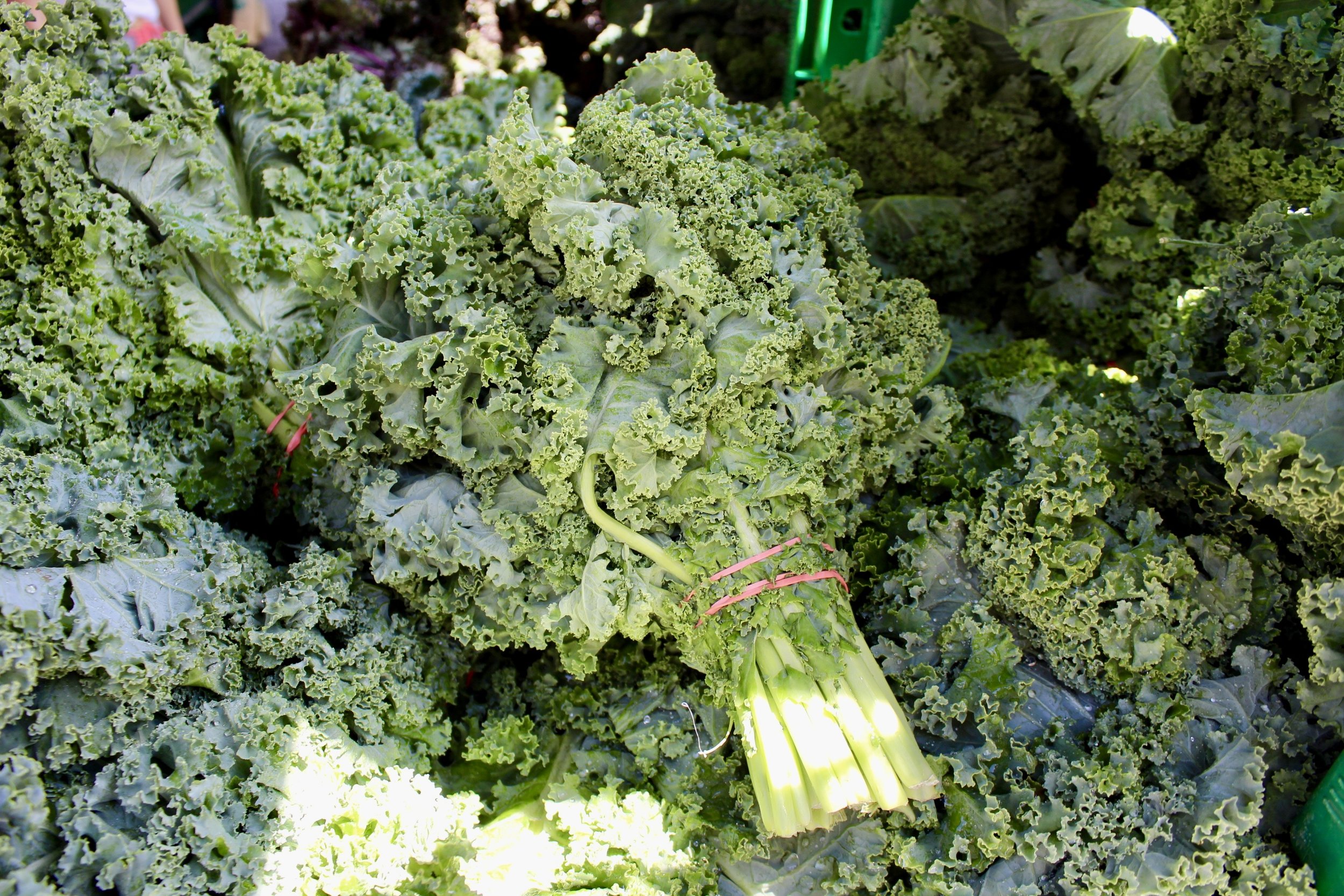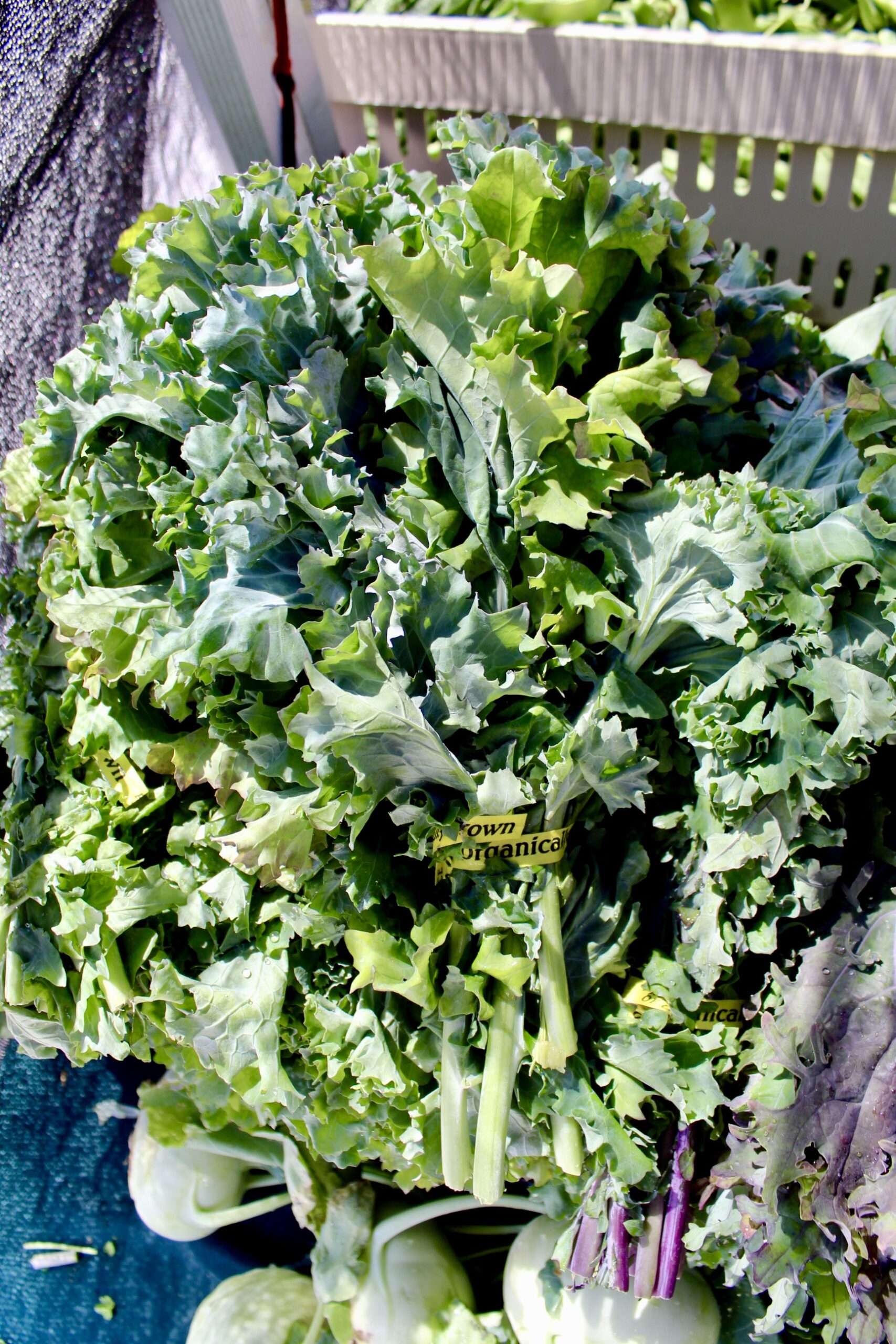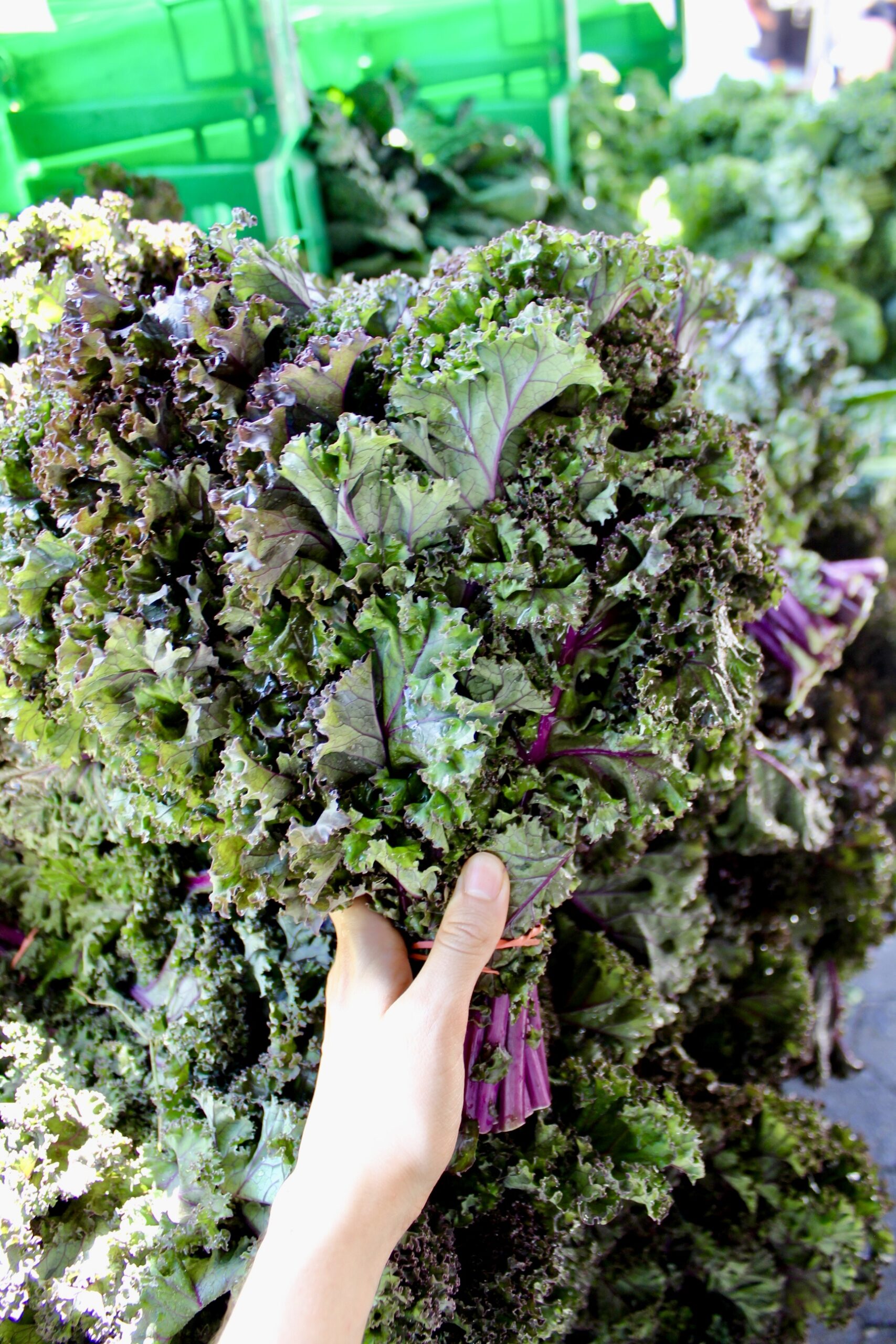Leafy Greens Series: Kale
September 16, 2019
Everybody knows that you have to get your greens in every day, right? But why is that, exactly? What do greens have in them that make them such “superfoods” and such “nutrient powerhouses”?
Instead of taking everyone’s word for it, it’s about time to learn for yourself exactly what nutrients they contain and why they’re important.
Here’s the bottom line: Eating a diet that’s rich in leafy greens has numerous healthy benefits, including a reduced risk of heart disease, high blood pressure, inflammation, and even some types of cancers.
That’s why we created this blog series to highlight some of the coolest and healthiest leafy greens to highlight their benefits so that we can all learn a little bit more about how our body is affected when we eat them. Join us as we educate ourselves!
Important note: The information in this blog series is not exhaustive. Not all the foods’ nutrients and health benefits are listed here, but rather just those most prominent and distinctive; the highlights of their nutritional properties. We are not nutritionists and don’t pretend to be. All information sources are listed at the bottom of the article.
Kale
There’s a reason they call kale a “superfood,” and there’s a reason it’s gained so much popularity in the last few years and is literally everywhere. It seems to have all the nutrients that all leafy greens have, and then some!
There are several different types of kale, but they’re all equally as nutritious. Pictured below are curly kale, purple kale, Lacinato kale.
Given its low calorie content and high nutrient content, it’s considered one of the most nutritions-dense foods on the planet.




Diabetes Treatment & Prevention
Firstly, kale contains very little fat and the fat that it does contain is mostly an omega-3 fast acid named Linolenic-acid. This compound has all kinds of great benefits, including lowering glucose levels, increasing insulin sensitivity, and preventing oxidative stress-induced changes in patients with diabetes.
Vitamin C
Kale is actually one of the world’t best sources of Vitamin C. A cup of raw kale contains even more Vitamin C than a whole orange!
Lowering Cholesterol
Kale is excellent for lowering LDL, or “bad”, cholesterol levels because it contains bile acid sequestrants. The liver turns cholesterol into bile acid, which is then released into the digestive system when you eat fatty foods. Once all the fat has been absorbed, the bile acids are then reabsorbed into the bloodstream. Bile acid sequestrants bind to the bile acids in the intestine and prevent this reabsorption into the blood.
One study showed that drinking kale juice every day for 12 weeks straight increased the HDL (“good”) cholesterol by 27% and lowered LDL (“bad”) cholesterol levels by 10%.
Another study even showed that steamed kale was performed even better, suggesting that steaming kale boosts its bile acid sequestrate effect. This study concluded that steamed kale is 43% as potent as cholestyramin, a cholesterol-lowering drug that functions in a similar way.
Vitamin K
It’s also one of the world’s best sources of Vitamin K – 1 cup of raw kale contains almost 7 times the recommended daily amount!
Minerals
Kale is also high in minerals, including calcium, which is important for bone health and cellular functions, magnesium, which helps protect against type 2 diabetes and heart disease, and potassium, which maintains cells in good health, reduces blood pressure, and lowers risk of heart disease.
In addition, kale is low in oxalate, which is a substance found in plants and other leafy greens such as spinach, for example, that can prevent the body from absorbing minerals.
Eye Health
Kale is also especially protective against degeneration in the eyes and helps maintain eyes in good health due to its high levels of lutein and zeaxanthin. These substances are also what give kale its dark, green color.
Detoxification
Like all other greens, kale contains chlorophyll, which we all know is how the plant gets its energy from the sun, but did you know that chlorophyll can also help prevent the body from absorbing heterocyclic amines, which are chemical compounds that are produced when you grill animal products at high temperatures and that are associated with cancer. Not only that, but kale also includes powerful compounds called isothiocyanates, which help detoxify and fight against tumors in the body.
Folate
Folate, which is present in kale, is especially beneficial for pregnant women since it promotes healthy neurological development in their infants and protects them from brain defects.
How to Use Kale
We’re sure you’ve seen plenty of kale everywhere in in the past few years. From kale salads to kale pesto, it’s a versatile ingredient and one that has been prepared in all sorts of creative ways due to its popularity.
It’s very versatile, so you can do a lot to kale — slice it, chop it, sauté it, roast it, dehydrate it, blend it.
If you want to eat it raw such as in a salad, make sure to “massage” it first with dressing or even just lemon juice and salt. But what the heck does “massaging” your kale mean? It simply means you rub whatever dressing you’re using on the kale with your hands to make sure you break the tough structure of the kale so that it’s softer and much more easy to eat and digest, because raw kale is quite tough.
You can use kale to add a touch of acidity to any dish by slicing the kale leaves very thinly and massaging them with vinegar, oil and salt. Or you could toss them into a salad with some nuts and raisins.
You can fry, bake, or dehydrate them until they’re crispy enough to make kale chips.
You can blanch and blend kale leaves to make a delicious kale soup, or mix it into your favorite soup recipe.
You can add it raw into your green breakfast smoothie (although make sure you have a sweet element in your smoothie to offset the slight bitterness of the kale).
You can sauté kale in a pan with some garlic, or simply some olive oil, lemon juice, and salt to add to your favorite dishes or serve as a side.
You can add it to a quiche or a bake.
Even add it to your taco mix and stuff into your quesadillas!
There are really endless ways to incorporate kale into your meals and into the dishes you already know and love – get creative!
What are some of your favorite ways to eat kale? Let us know in the comments below!
Sources: healthline.com, medicalnewstoday.com, webbed.com, authoritydiet.com
be the first to comment